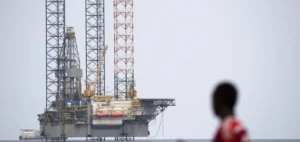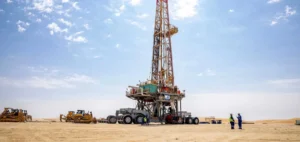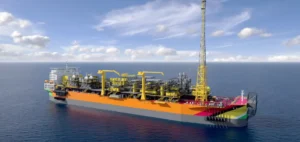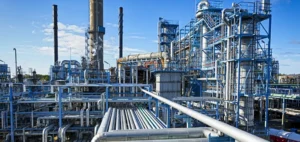Fossil fuel sources, particularly oil and natural gas, will continue to play a central role in powering the global energy system at least through 2050, according to several executives and experts gathered at the 11th annual symposium of the Kay Bailey Hutchison Energy Center. Growing electricity demand from data centres and energy access in emerging markets is pushing the sector to maintain a broad approach to the energy mix.
Darren Woods, Chairman and Chief Executive Officer of ExxonMobil, stated that the world underestimates the size of the current global energy system and the dominant role still played by hydrocarbons. He noted that while renewables are growing rapidly, they are starting from too small a base to displace fossil resources in the short term. The company’s energy outlook to 2050 projects renewables to account for around 20% of global energy demand, while oil and gas will continue to supply 50%.
Diverging projections on the pace of transition
Jack Balagia, Executive Director of the Kay Bailey Hutchison Energy Center, highlighted that public policies often focus on replacing fossil fuels rather than improving them. Darren Woods added that carbon capture and storage technologies remain too costly for broad-scale deployment.
Ben Cahill, Director for Energy Markets and Policy at the University of Texas Center for Energy and Environmental Systems Analysis, stressed the complexity of transition pathways across different regions. He pointed out that coal phase-out remains uncertain in parts of Asia and that the evolution of the energy mix will strongly depend on local economic structures and the maturity of national energy systems.
Increasing pressure on electricity infrastructure
Rob Kaplan, Vice Chairman of Goldman Sachs, mentioned the difficulty in obtaining turbines and the resulting impact on power plant construction. This situation has raised concerns among several U.S. state governors who face increasing energy demand from data centres, sometimes at the expense of lower-income households.
In response to this pressure, major tech firms are adopting diversified energy strategies. Ben Cahill noted growing interest in small modular reactors, restarting nuclear plants, and signing offtake agreements with natural gas producers. Despite having ambitious climate targets, these companies need to secure large energy volumes to support their expansion.
Energy demand amplified by artificial intelligence
Rob Kaplan emphasised that the rise of artificial intelligence is putting further strain on power grids. He noted that despite inflation and a sluggish job market, stock valuations remain high due to expectations linked to AI-driven productivity. That productivity now relies heavily on the availability of reliable and abundant electricity.
With populations ageing in developed economies, companies are counting on productivity gains to offset workforce declines. These gains are increasingly tied to digital infrastructure, which is energy-intensive. According to Kaplan, this is prompting the sector to explore options such as geothermal development and the acceleration of modular nuclear projects.






















